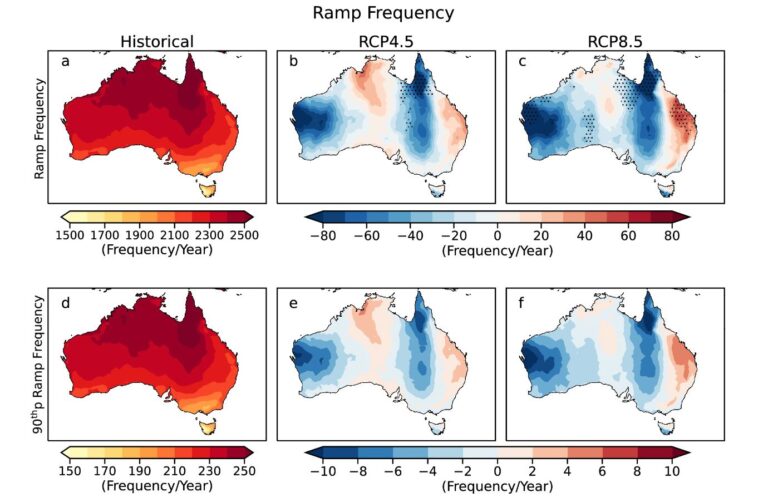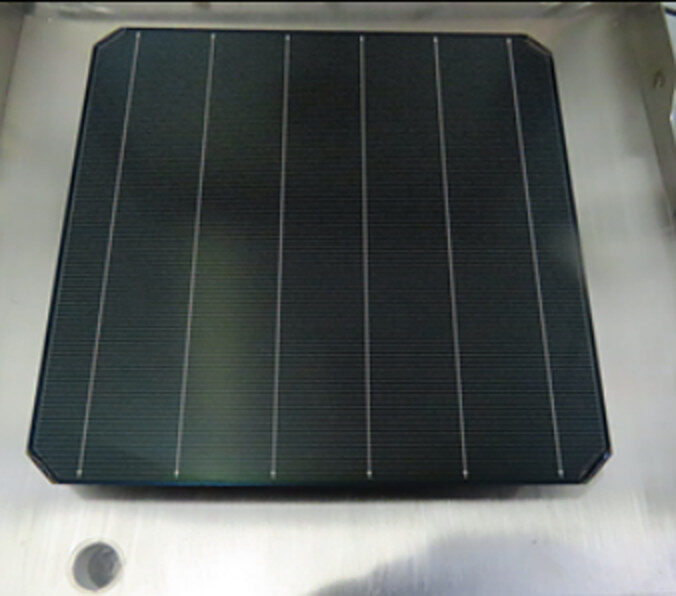Researchers from the University of New South Wales (UNSW) Sydney have modeled disruptive solar generation ramps, caused by cloud cover and seasonal cycles. Their research reveals significant changes in magnitude, frequency, and duration over the next century, and this could potentially jeopardize the stability of Australia's energy network.
The study “Assessing Australia’s future solar power ramps with climate projections,” published in Scientific Reports, shows that ramp events that result in sudden increases or decreases in output are likely to become longer and more frequent, particularly across the east coast and parts of northern Australia.
The modeling indicates up to 5% changes in future ramp frequency and periods when compared to the historical baseline. Sudden variability can lead to mismatches between electricity supply and demand, which, if unmanaged, can cause power outages or complete grid failures.
With Australia increasing its reliance on large-scale solar, the researchers said the findings underscore the importance of designers of utility scale solar plants including an appropriate storage facility to manage curtailment and energy deficit periods to maintain a supply-demand ratio.
“This work highlights the importance of considering future changes in climate when designing large-scale solar farms to ensure the incorporation of frequency control devices and storage plans for a reliable power supply,” they said. “Further, it is of utmost importance to consider the future changes in the intermittency and ramp features due to climate change while selecting optimal locations for deploying future PV plants.”
Lead author, Shukla Poddar, said weather-induced variability in solar power generation can lead to mismatches between electricity supply and demand, which, if unmanaged, can cause power outages or complete grid failures.
“Solar PV generation is affected by climate factors, which makes it susceptible to climate change,” she said. “For example, changes to the way clouds pass over solar panels could cause sudden decreases (ramp-downs) or increases (ramp-ups) that can cause voltage fluctuations and blackouts.”
To continue reading, please visit our pv magazine Australia website.
This content is protected by copyright and may not be reused. If you want to cooperate with us and would like to reuse some of our content, please contact: editors@pv-magazine.com.




By submitting this form you agree to pv magazine using your data for the purposes of publishing your comment.
Your personal data will only be disclosed or otherwise transmitted to third parties for the purposes of spam filtering or if this is necessary for technical maintenance of the website. Any other transfer to third parties will not take place unless this is justified on the basis of applicable data protection regulations or if pv magazine is legally obliged to do so.
You may revoke this consent at any time with effect for the future, in which case your personal data will be deleted immediately. Otherwise, your data will be deleted if pv magazine has processed your request or the purpose of data storage is fulfilled.
Further information on data privacy can be found in our Data Protection Policy.